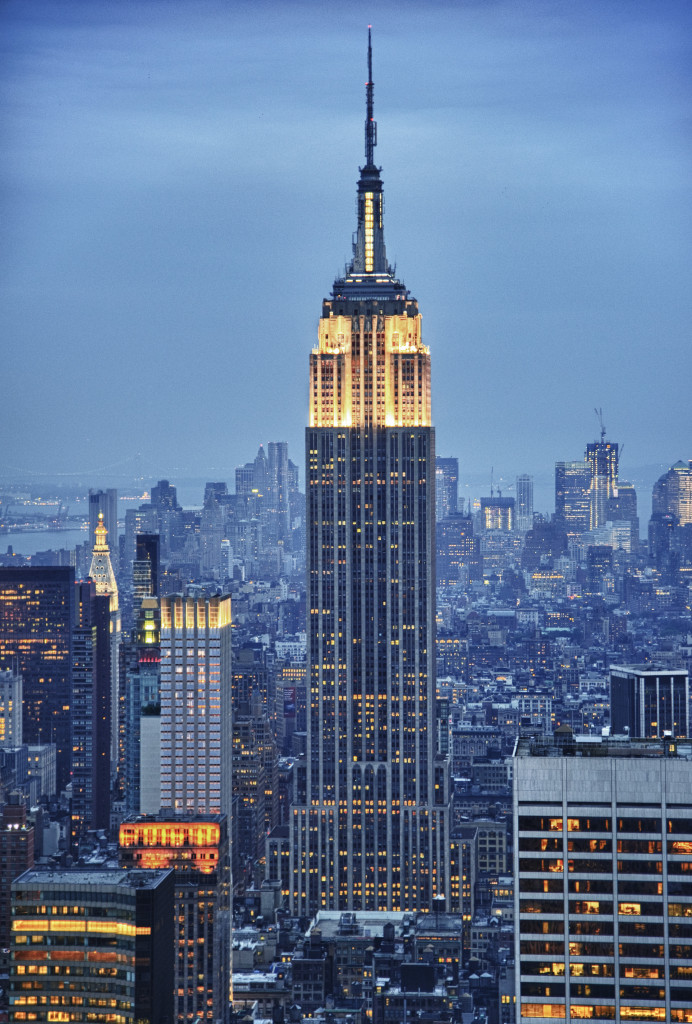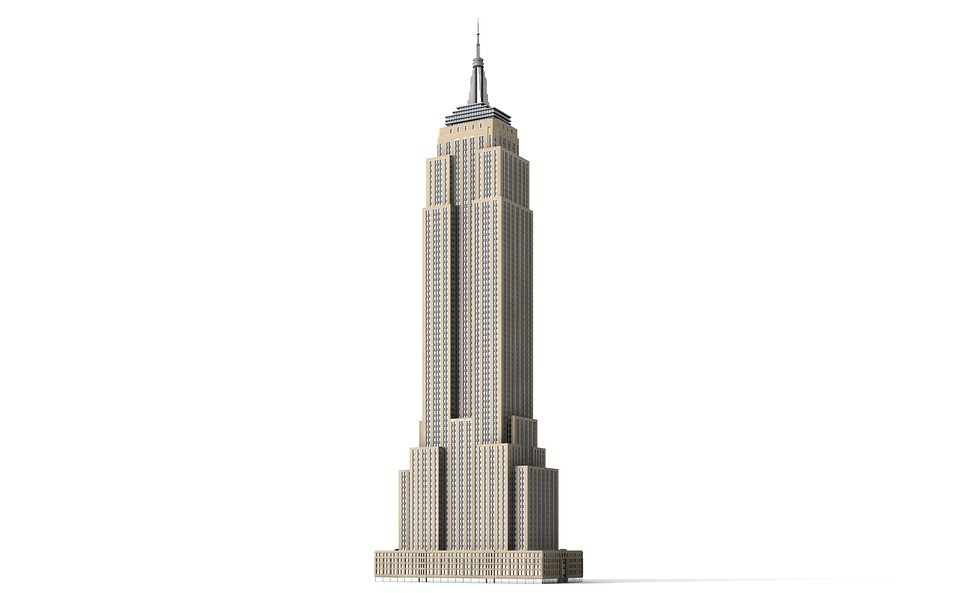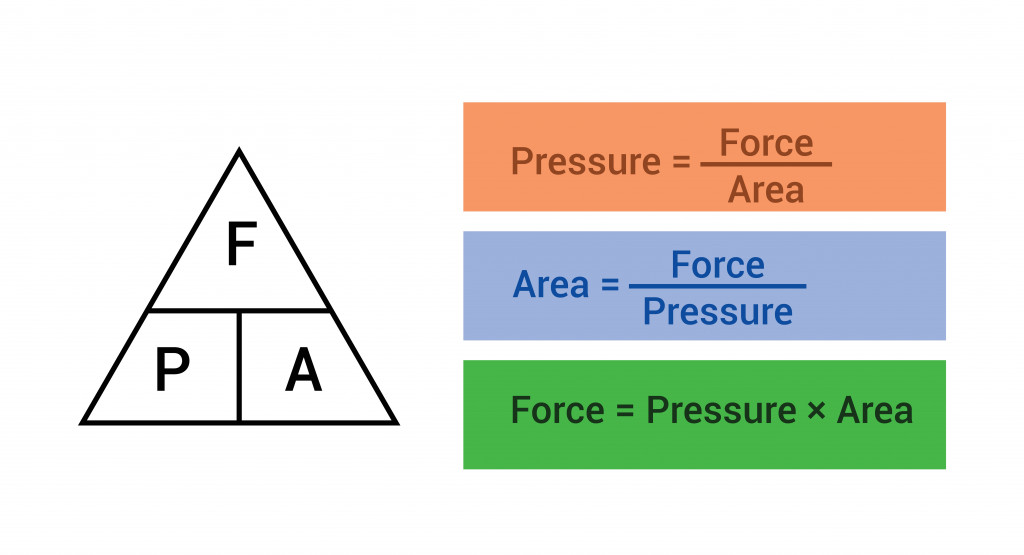Table of Contents (click to expand)
There is no way to predict the exact trajectory of the pen on its way down. However, due to wind pressure, it won’t drop straight down.
The Empire State Building is one of the most famous skyscrapers in the world, despite being the 43rd tallest, and only the 4th tallest in New York City itself[1]. The skyscraper, which entertains approximately 4 million visitors per year, is famous primarily due to its historical and cultural significance, and to its countless appearances in media, thus cementing its place in pop culture. It was built as a part of the race to build the world’s first 100+ -story structure and was completed from top to bottom in an astounding, record-breaking one year and 45 days.

Now, when I see a structure that tall, standing at 443 meters to the tip of the antenna, the first thought that enters my mind is, “Could a pen dropped from up there kill someone?”. This’s naturally followed by the thought that, for that to be achieved, the pen would have to fall with the tip facing downwards, i.e., straight. So, a second question arises… would a pen dropped from the Empire State Building drop down straight?
The short answer to this question: No. A pen dropped from the Empire State Building would not drop down straight.
Right off the bat, the answer is a no because of the structure of the Empire State Building. The building was designed such that no object thrown out of a window could ever reach the ground. The roofs of the lower floors that crop outwards would intercept the object long before it even came close to reaching the ground.

But where’s the fun in sticking so close to reality? So, for the sake of hypothesizing, let’s assume that we found a way to bypass these outcroppings.
Dropping The Pen
All objects dropped towards the Earth’s surface fall at the same rate, irrespective of their shape or size. This rate is the object’s acceleration due to gravity (represented by g), equalling 9.8 m/s2. The shape and size of an object have absolutely no influence over how gravity affects it. So, if external factors, such as wind pressure, were neglected, the pen would drop down straight.
However, we must address external factors, the primary external factor here being wind[2]. The shape and size of the pen do not influence the effect of the Earth’s gravity on it, but how wind affects the pen does depend on its shape and size.

Also Read: Why Do All Objects Fall Towards The Ground At The Same Rate, Regardless Of Their Weight?
Wind Pressure On The Pen
There are two ways that wind could affect the pen’s motion, the first being that it would alter its trajectory. Disregarding the spire and the tip of the Empire State Building, in order to make this hypothesis a bit more practical, the top floor of the Empire State Building stands at an altitude of about 380 meters.
Overall, the wind pressure on a skyscraper like the Empire State Building is enough to sway or vibrate the building itself, even though this happens at very low intensities (Vortex Shedding)[3].
Thus, the trajectory of a pen making its way down from the same altitude without a base fixing it to the ground, will also be altered significantly by these winds.
Secondly, winds would cause the pen to start rotating. To understand this, let’s take a look at Pascal’s Law,[4] and the subsequent formula. While Pascal’s Law deals with pressure in the context of liquid mechanics, it also gives us vital information about pressure applied at a point on a surface. The pressure applied at any point on a surface can be defined as the force applied on it per unit area of the surface. In formulaic form[5]:
P=F/A

Since, according to Newton’s Second Law of Motion[6],
F=m*a
where m=mass of the object
a=object’s acceleration for/against the external force applied,
P= (m*a)/A
Now, as we know, a pen is unevenly shaped. Regardless of the type of pen we use, it will possess an uneven surface. If we refer to a regular pen, the body and the tip have varying surface areas. Similarly, in a click pen, the button, the body and the tip have different surface areas.
The force being applied by the wind remains constant, but the surface area it is being applied on varies. As per the formula (P=F/A), the smaller the area, the greater the pressure.
Furthermore, the mass of each of these segments is also uneven. The tip, owing to its significantly smaller size, is also lighter. Since F=ma, the lesser the mass of the body, the lower the force exerted on it. This means that the tip of the pen would experience more pressure than the rest of the body. Subsequently, the uneven pressure on the pen’s body would cause each of the segments of the pen to move differently from the other segments, thus inducing random motion in the pen.
Therefore, the pen could land on its tip, i.e. straight, but it would not fall down straight.
Its motion in the air would depend on the pen’s structure, from the weight of each part to their respective shapes.
Also Read: Can A Bullet Dropped From The Top Of A Building Hurt Anyone?
What Does Dropping The Pen Lead To?
So, in a world where the Empire State Building was designed with the critical flaw of disregarding the tendency of the people inside it to throw objects out the window and the tendency of those objects to land on a person’s head, instead of the ground:
Would a pen dropped from the Empire State Building drop down straight? Would this pen actually be able to impale someone casually making their way downtown?
The answer is no, it would not.
How well do you understand the article above!

